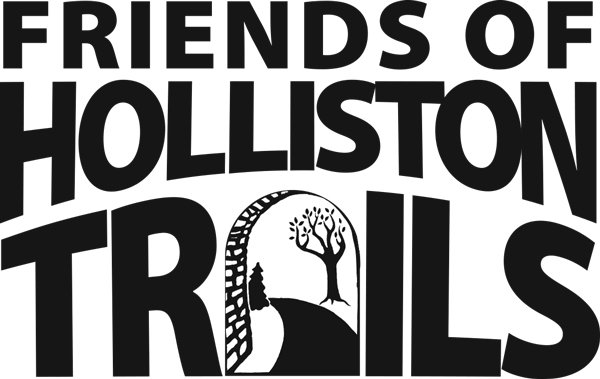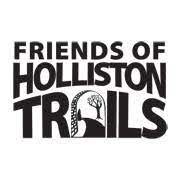Frequently Asked Questions About Rail Trails
How can I get a memorial bench along the trail?
The memorial bench program ran for a limited period of time and was retired in 2018.
What is the impact of rail-trails on property values?
Trails increase the natural beauty of communities. They also have been shown to bolster property values and make adjacent properties easier to sell. In a 2002 survey of recent home buyers sponsored by the National Association of Realtors and the National Association of Home Builders, trails ranked as the second most important community amenity out of a list of 18 choices. Studies of property values along trails show that lots adjacent to trails sell faster and for an average of 6-9% more than similar properties not located next to trails.
Source: Trails and Greenways Clearinghouse, Washington, DC
Will the town lose property tax revenue from using the abandoned rail-bed as an open space rail-trail rather than as developed land?
No. Many communities have discovered that open space conservation is a one-time investment that can boost property values and swell tax coffers long after the land is paid for. In survey after survey, homebuyers identify nearby open space and trails as among the top features in choosing a home. Parks and open space create a high-quality of life that attract tax-paying businesses and residents to communities. Protecting open space eliminates the costs of new government services, including schools, water, trash removal, sewers, policing, and fire protection—the primary burdens on local government budgets.
Source: The Trust for Public Land, Washington, DC
Do rail-trails attract crime and vandalism to neighborhoods?
No. There is no evidence that rail-trails cause an increase in crime. In fact, trail development may actually decrease the risk of crime in comparison to an abandoned and undeveloped rail corridor. And, several studies show that people prefer living along a rail-trail rather than an abandoned corridor. Typically, lawful trail users serve as eyes and ears for the community.
Source: Rails-to-Trails Conservancy, Washington, DC
What about the privacy of those living near the trail?
According to a National Park Service study “The Impacts of Rail-Trails”, most adjacent owners experience a minimal loss of privacy from the establishment of a rail-trail. Generally rail-trails have a thick row of already established trees and shrubs along their edges. In some cases, adjacent landowners have already taken steps to ensure their privacy from trains, passengers, train crews and other former corridor users. Often, trail design specifications will call for additional vegetative screening to be added to the trail corridor to protect privacy. Fencing is expensive and rarely necessary, although some landowners do erect fences, often with a gate so they can access the trail.
Source: Rails-to-Trails Conservancy, Washington, DC
Who will pick up the litter?
Trash has not presented much of a problem on most rail-trails. Some trails have successfully adopted a “pack out what you pack in” position while others have a regular maintenance schedule to empty well placed waste and recycling receptacles. Whatever method is used, proper sign placement along the trail and in trail brochures will help ensure its success.
Source: Rails-to-Trails Conservancy, Washington, DC
Will dirt bikes be allowed on the trail?
No. The only motorized vehicles allowed on the trail will be those used for handicapped accessibility, by the Holliston Police Department, and other maintenance and emergency vehicles. As the rail-trail is improved, fewer and fewer people riding dirt bikes will want to use it. Policing the trail will restrict the remaining dirt bike users from the trail.
Do you have a sponsored bench program?
No. One of our first fundraising programs was a sponsored bench program. This was a popular program with a set amount of bench locations. After several years, those bench locations filled up and the program was retired in 2020.

